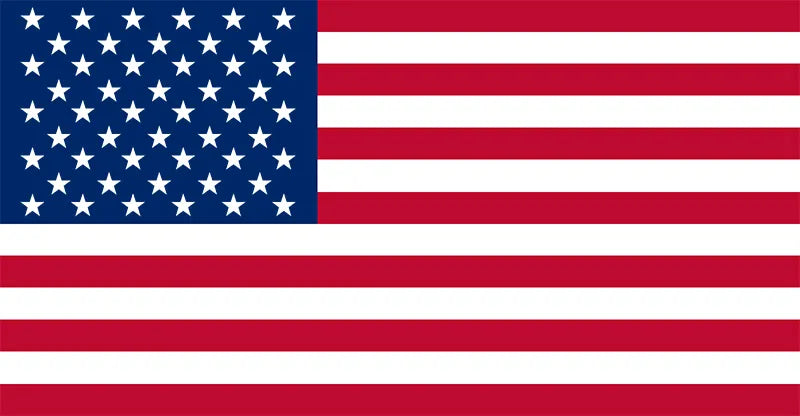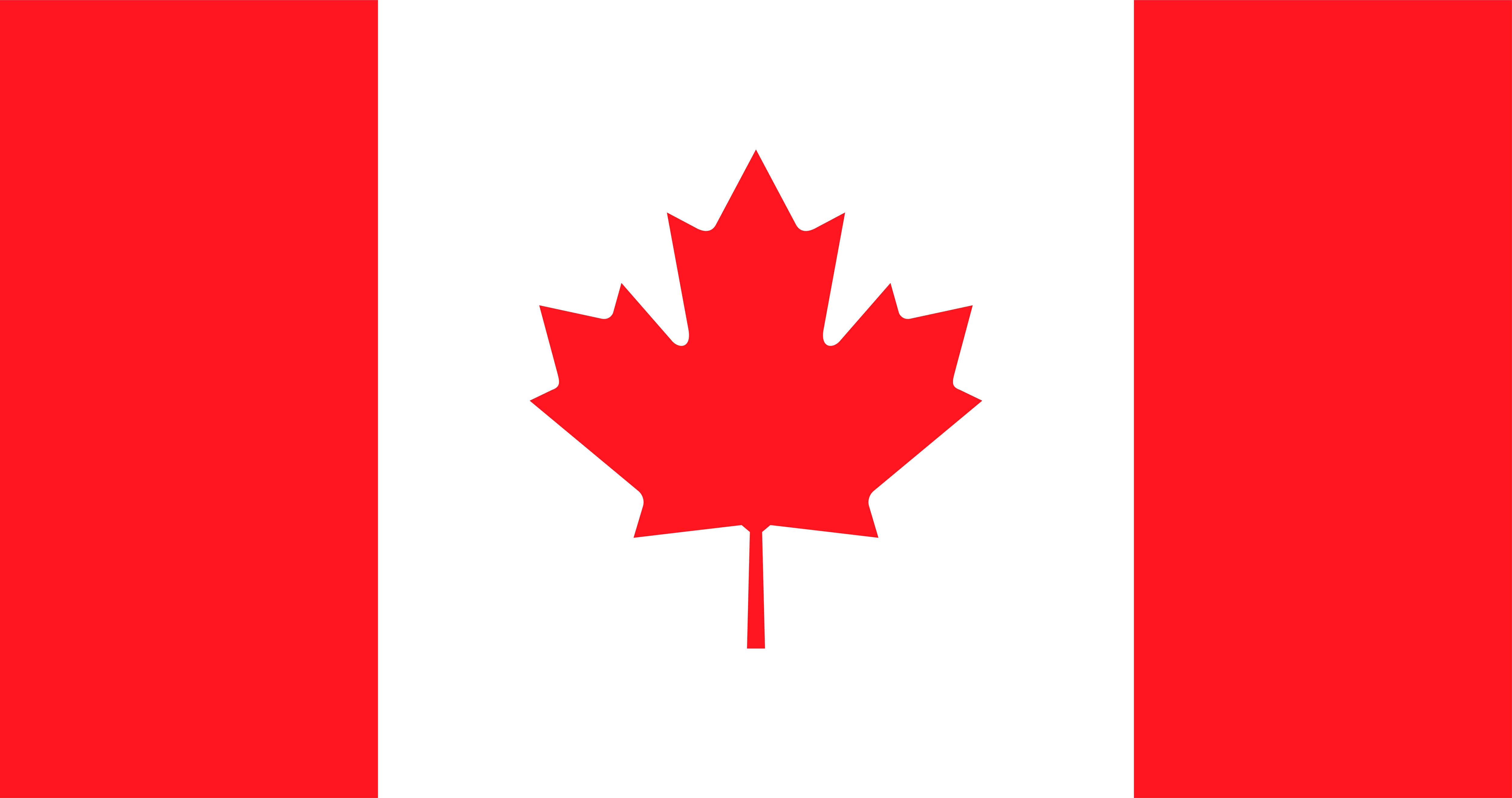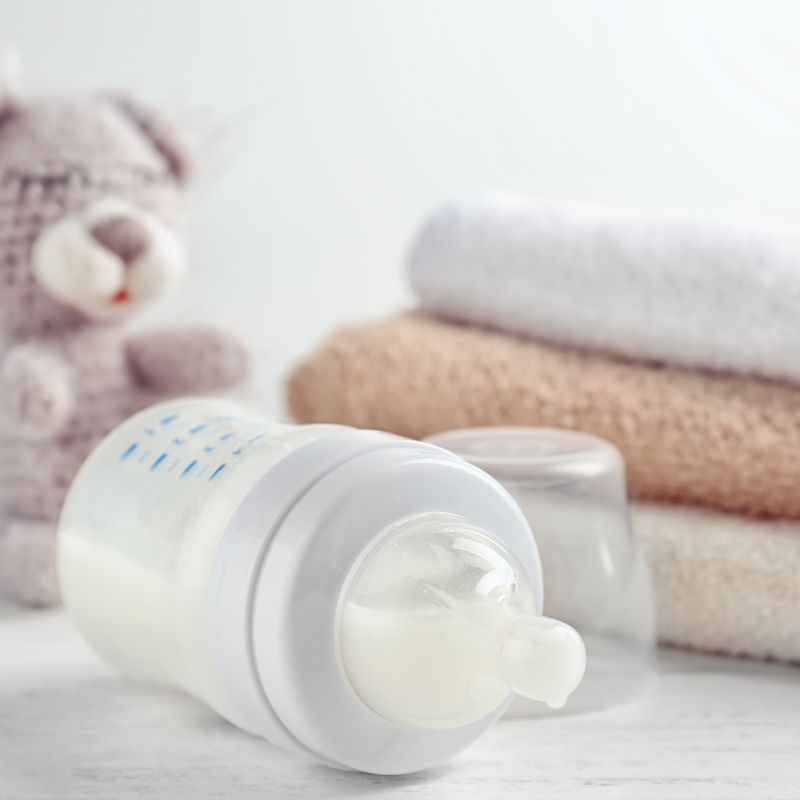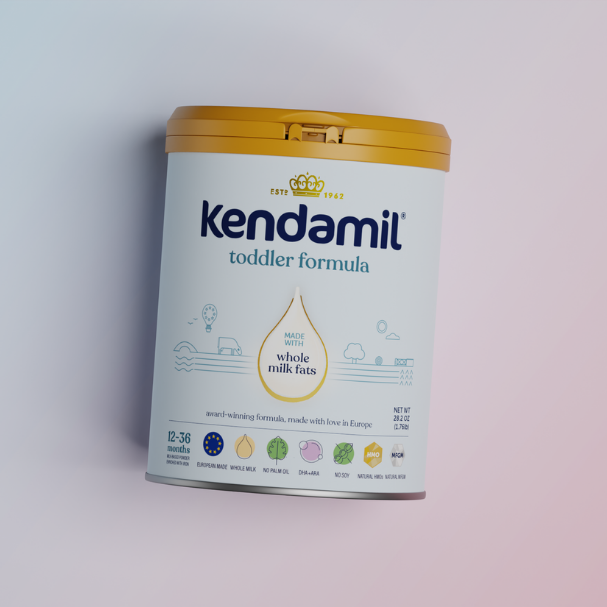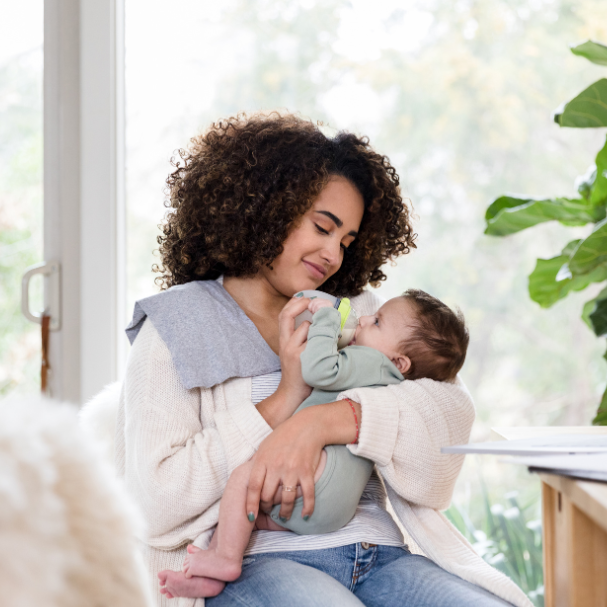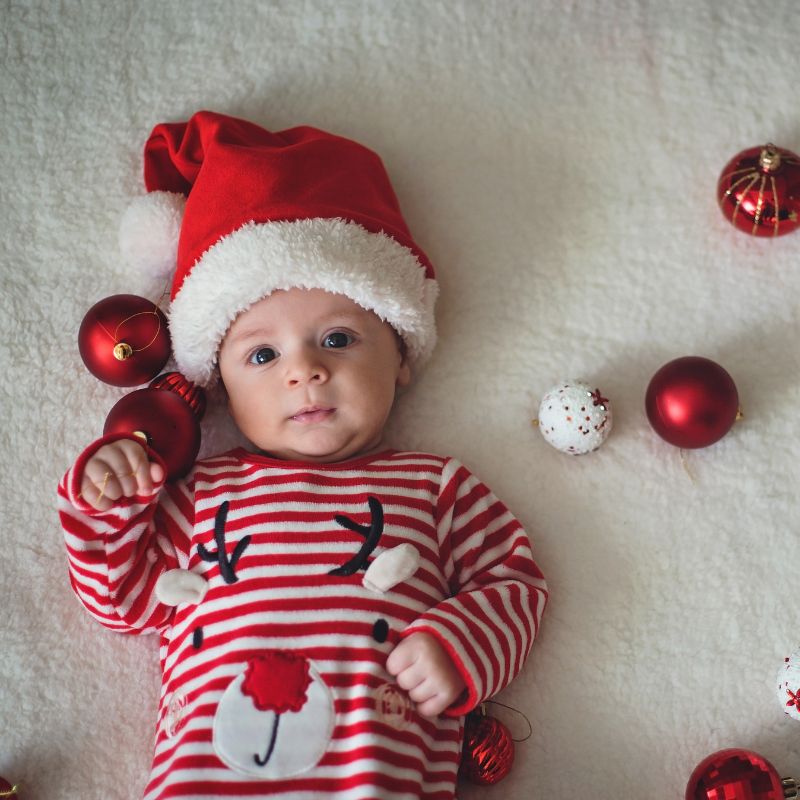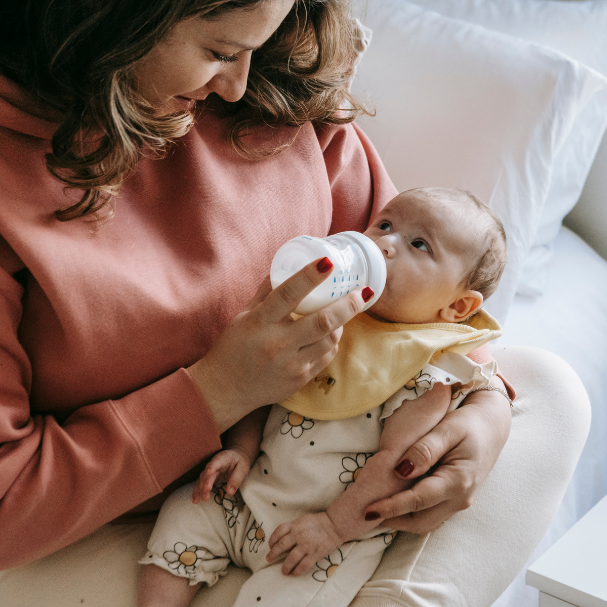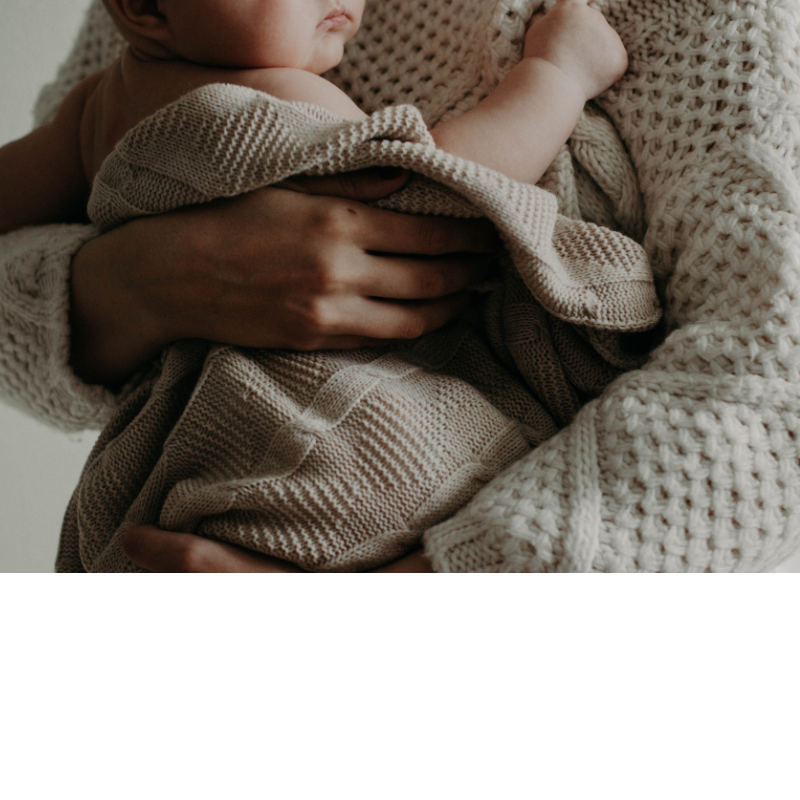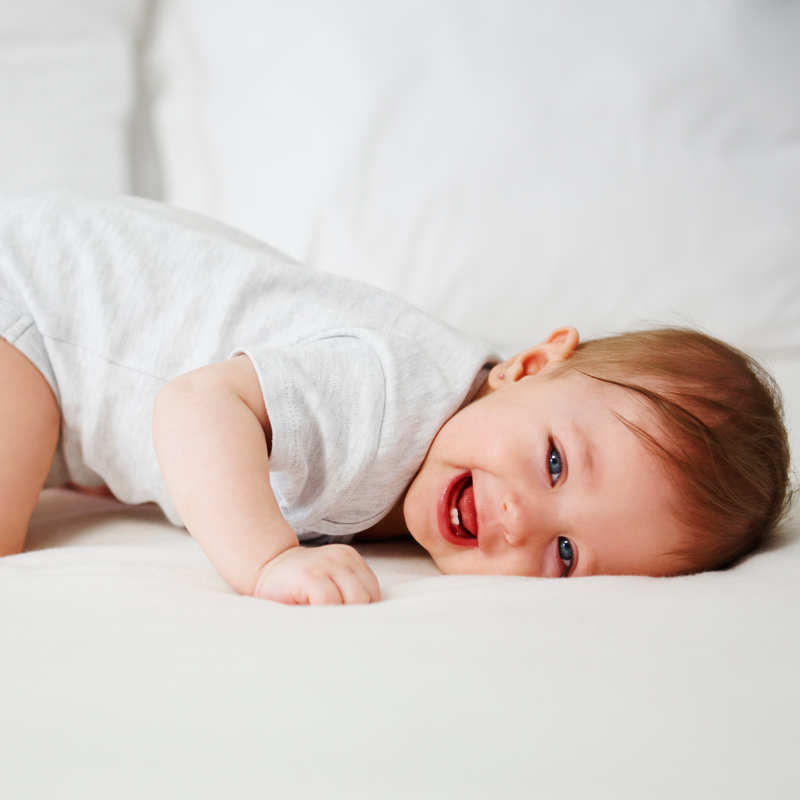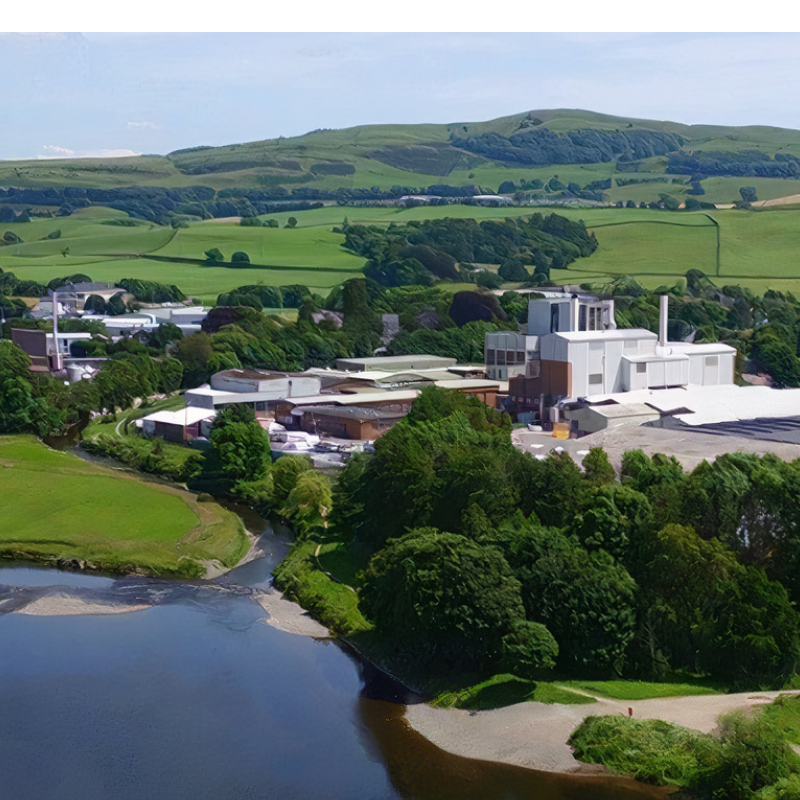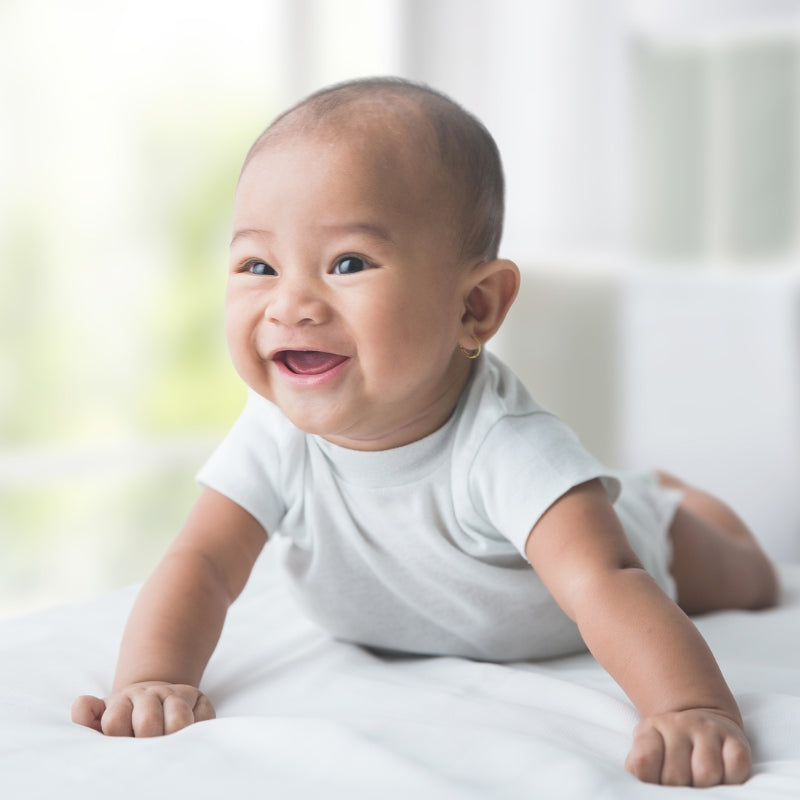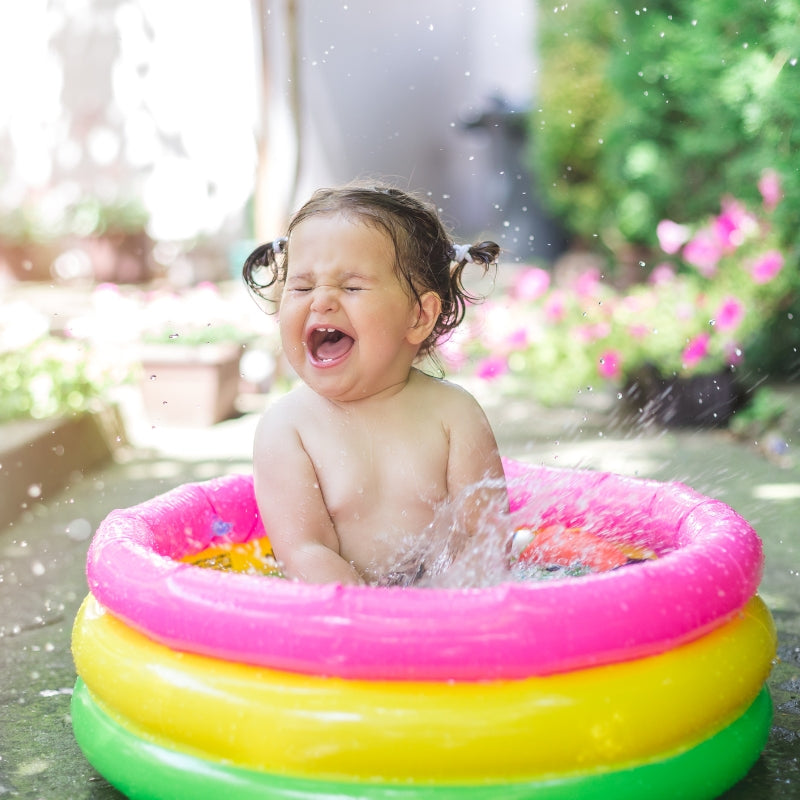Bottle-feeding is a great time to bond with your little one. And because we’re here to support you on your feeding journey, we’ve got you covered with our top tips on how to prepare your baby’s formula.
What do I need to bottle-feed my baby?
✔ ️ Sanitized bottles with nipples and bottle caps
✔ A clean bottle brush and nipple brush
✔ Baby formula (we recommend Kendamil infant formula, naturally)
Can I prepare my baby formula in advance?
Ideally, you should make a fresh bottle every time. If you do need to make your baby formula in advance, then you should use it quickly and store it safely.
Prepared infant formula can spoil if it is left out at room temperature, especially in those states where the weather is hot all year round. Use prepared infant formula within 2 hours of preparation and within one hour from when feeding begins.
If you do not start to use the prepared infant formula within 2 hours, immediately store the bottle in the fridge and use it within 24 hours.
Always throw out any infant formula that is left in the bottle after feeding your baby. The combination of infant formula and your baby’s saliva can cause bacteria to grow.
For more information, check out the CDC guidance here.
How do I sanitize my equipment before making up my bottle?
It’s really important that you sanitize the equipment before making your baby’s bottle to prevent your little one getting sick. According to the CDC, you should be doing this until your baby is at least 2 months old. After this, daily sanitizing of feeding items may not be necessary for older, healthy babies, as long as those items are cleaned carefully after each use. As Kendamil is made in Europe, we follow European guidelines when it comes to sterilizing bottles and the NHS recommends sterilizing bottles up to the age of 12 months.
Steps to sterilize your bottle feeding equipment:
- Before sanitizing, make sure to thoroughly clean your bottles, nipples and other feeding equipment in hot, soapy water as soon as possible after feeding. Use dedicated brushes to clean out bottles and nipples (you can also turn out nipples to wash them).
- Before you choose which sterilization method you should use, check the manufacturer’s instructions and recommendations on the best sterilization method for your chosen baby bottles.
- Once everything is clean, you can start sanitizing. There are two main ways to sterilize your bottles; by boiling or by steam. There are also now some UV sterilizer machines and some dishwashers also have a sterilizing setting.
Boil:
- Place disassembled feeding items into a pot and cover with water.
- Put the pot over heat and bring to a boil.
- Boil for at least 10 minutes, making sure all equipment is under the surface of the water.
- Remove items with clean tongs.
Steam:
Place disassembled and cleaned items in a microwave or plug-in steam system and follow the manufacturer’s instructions for sanitizing, cooling, and drying the items.
How to make your baby’s bottle
Always follow the manufacturer’s instructions on the can of your chosen formula and use the scoop provided in the can. Again, as we’re made in Europe we follow the NHS guidelines on preparing a formula feed, which requires the use of hot water.
Here’s a guide on how to make a bottle of Kendamil formula:
- Clean the countertops and wash your hands with soap and warm water before preparing bottles. Use a sterilized bottle.
- To kill any traces of bacteria in powdered infant formula, the formula must be mixed with hot water that is at least 158F. Tap water is usually safe, but contact your local health department if you are not sure. Boil a liter of fresh tap water and then leave the water in the kettle to cool for 30 minutes, this will allow the temperature to drop to around 158F which is not too hot that it will kill any nutrients, but it is hot enough to kill any bacteria.
- Measure the exact amount of water and formula listed on the instructions of the infant formula can. Kendamil formula should be prepared with 1 scoop of formula to 1 oz of water. Always measure the water first and then add the infant formula powder. NEVER dilute formula by adding extra water or add extra powder. This can make your baby sick.
- Shake the bottle to mix, this makes sure all the components are dissolved.
- After mixing, the formula will be too hot to feed your baby, so it’s important to wait for the formula to cool first so you don’t burn your baby’s mouth. You can speed up this process by putting the bottle of formula into a jug of cold water or running under the cold tap.
- Test the temperature of the formula before feeding it to your baby by putting a few drops on the inside of your wrist. It should feel warm, not hot.
- If taking formula from the fridge to give to baby, never warm infant formula in a microwave. Microwaving creates hot spots, which can burn your baby’s mouth. To warm slightly, put the bottle in a jug of warm water, keeping the cap on the nipple.
If you find yourself during or after an emergency, and the water is not safe to use, you can find more information on what to do here. Remember bottled water is not sterile and will still need to be boiled.
It might seem like a lot to remember to begin with, but you’ll learn the steps really quickly. Soon you’ll be a pro at preparing formula!
If you need extra support, don't hesitate to contact our Customer Support Team of moms and dads. They have helped thousands of parents, and are here to support you. Get in touch.
Sources
CDC: infant formula preparation and storage
